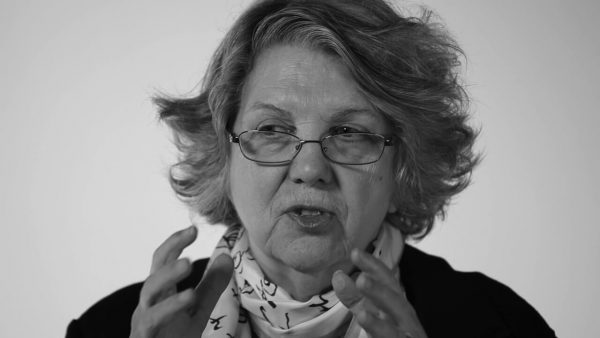Living with Borderline Personality Disorder

Borderline Personality Disorder or BPD is one of the personality disorders that makes day to day life more difficult for those who suffer from it and for their family. It is a rare psychological disorder which affects about 2% of the population and is usually seen in people after 20-25 years of age. However, those living with Borderline Personality Disorder have early symptoms which may have already existed during the onset of personality development around 12-13 years of age.
Although it is a rare disorder, it has been thoroughly studied because of the difficulties and problems in dealing with day to day life associated with living with a borderline personality. Impulsivity, great fear of abandonment, and lack of emotional control are distinguishing traits found in patients with this disorder. We can say that it may lead to many problems in having a “normal” life.
Therefore, this article will discuss what borderline personality disorder is and will give recommendations to those who suffer from it. The points given in this article come from the testimonies of people who have BPD and inspired by Dr. Marsha M. Linehan’s manual, a world expert on this disorder.

Issues with impulsivity
First of all, those with BPD has a high level of impulsivity that depends on the mood of the person, and the situations they encounter. Living with borderline personality disorder means developing impulsive behavior that makes the person undertake decisions that he regrets later. “It’s like living with a balloon in your hands that may explode anytime, says one person with BPD.
Also, those who suffer from BPD experience impulsive behavior affecting interpersonal relationships like making hasty decisions from one’s instant feeling. On the other hand, at work or in the professional level, those living with Borderline Personality Disorder may change jobs often without any reason. In addition, everything may lead to a constant instability which may also affect emotional stability.
“Living with borderline personality disorder means having a strong tendency to have impulsive behaviors that make the person commit hasty decisions or act on behaviors that he will later regret.”
In this sense, people with BPD must have strategies, and cognitive and behavioral skills to manage impulsive behavior. In addition, it is important that people with BPD know how to use positive and flexible affirmations when assessing day to day situations and experiences.
The insecurity caused by fear of abandonment
Living with borderline personality disorder, many times, is equal to “not being able to enjoy relationships for fear that the person you love…will leave”, explains a 37-year old patient with BPD since the age of 19. Therefore, a person with BPD dwells on one’s great fear of abandonment while losing sight of the positive aspects of it.
On the other hand, the fear of abandonment need not be verbally expressed, that is, the person with BPD does not have to tell her partner, friend or relative: “I am afraid that you will leave me”. This fear of abandonment is usually shown by jealousy, seeking control over the other, avoiding individual activities or being alone. The therapy for BPD is to manage the fear of abandonment and to stop jealousy and controlling behaviors.
While it may be true that people with BPD have had experiences of abandonment at the family or personal level, the problem is that they could not overcome this tragedy and generalize this experience to almost all areas of their personal lives. Therefore, for people with BPD, it is important to heal the wounds of the past during therapy with the use of different techniques to overcome this fear.

The roller coaster emotions
One of the major symptoms of BPD is the difficulty in controlling one’s emotions which are intense and disproportional compared with the real situation. Therefore, “living with borderline personality disorder is living intensely, whether good or bad”.
Moreover, problems in controlling emotions start during childhood when the child’s feelings were not validated because he believed that his feelings were unimportant or incorrect. He failed to acquire the ability to label his emotions, or know how to soften them, so that having BPD in adulthood means “feeling a gush of emotions that you misunderstand as they occur altogether and at the same time.
“Living with borderline personality disorder is living intensely, for the good or for the bad”.
People with BPD experience the best and the worst in the world of emotions because of their difficulty in controlling their emotional response since they do not have a range of emotions as they are all very intense. Many BPD therapy sessions focus on emotional control skills.
Finally, it is important to highlight that living with borderline personal disorder requires a lot of patience and empathy with others. As in all personality disorders, the people around the sufferer share with the disorder problem.
If you have BPD, remember that the people who love you most may feel that they do not know what to do, or how to help you in many cases. It is advisable to go to a professional to guide you.
This text is provided for informational purposes only and does not replace consultation with a professional. If in doubt, consult your specialist.








